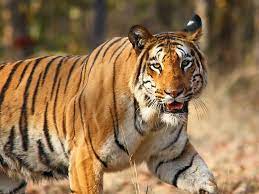The decline in African Lions has been pretty constant and totally devastating. Just 100 years ago, there were about 200,000 lions in Africa (some estimates suggest as many as 500,000 in 1950, and 200,000 as late as 1975.
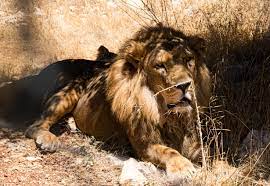

Wildlife and conservation new, wild travel information and links for booking
The decline in African Lions has been pretty constant and totally devastating. Just 100 years ago, there were about 200,000 lions in Africa (some estimates suggest as many as 500,000 in 1950, and 200,000 as late as 1975.

While the Cheetah has suffered a horrific fall in range and numbers in the world over the last century, there are some hopes for the species.
Cheetah are not big cats- this means that they often struggle to thrive in small reserves alongside other big cats. What this has meant is that in many countries there are more cheetah outside reserves than inside reserves. This is primarily the case in Southern Africa, in particular Botswana, Namibia, South Africa and Zimbabwe where the most free ranging cheetah currently live. To a lesser extent, there are also free ranging cheetah in east Africa in Tanzania and Kenya.
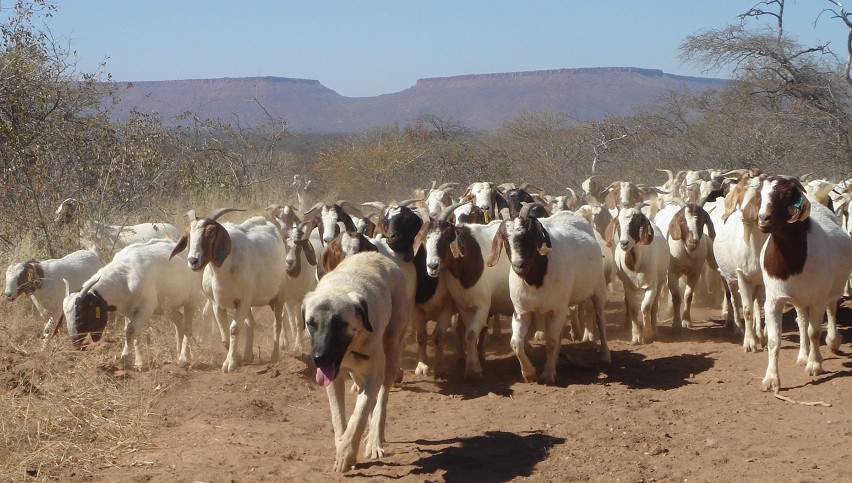
With the advent of large numbers of zoos – with healthy collections of animals from around the world, the loss of a species in the wild can sometimes be reversed.
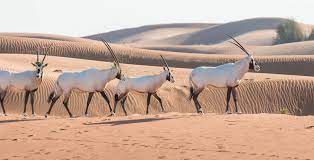
Unfortunately the history of the Oryx is not good. By 1800, its range had become severely restricted throughout the Arabian peninsular. Pressure merely increased after this. By 1948 Oryx had been hunted to near extinction, particularly after the advent of the motor car, allowed access to previously safeholds. In 1972, the last few Arabian Oryx were living in Oman, and were killed a few weeks later.
A mixture of overgrazing by livestocks, and capture for private collection were of lesser importance of this species extinction in the wild, but proved also to be its saving grace.
Today, there are thought to be about 1200 wild Arabian Oryx (1 of four Oryx species) living in Saudi Arabia, with a further 6-7000 living in the wild.
This means that this species has gone from being extinct in the wild, to merely vulnerable (as classed by the IUCN) the first to ever do this.
The process started in 1986 when 50 individuals were transferred to a research centre in Saudi Arabia. At this point only a few hundred survived in captivity. To add to the complication, many were found to be severely infected by TB. While in normal species any infected animal would be killed this could not be done. Instead they were treated with various drugs, any young born to infected females would be taken away and hand-reared, as TB can be transferred in the mothers milk.
In 1989 the first Arabian Oryx were rereleased into teh wild in central Saudi Arabia. A decision was made to enclose allof the reserve 2553 square km, about the area of Dorset, though this was good for the other wild life in the area, which included Arabian gazelles, red-necked ostrich and Houbara bustards.. This reserve now has over 500 of these Oryx making it the biggest wild population.
Later Oryx were released into a large reserve into the south of the country, and these have become established with a population of about 100. While small, this is the largest fully free ranging population int he world.
There is still much to be done. Currently, work is being done, to create cross border reserves with the UAE, Oman and Yemon -the other countries of the Arabian Peninsula. If this works, then the Oryx will become a full feature of the whole of the Arabian peninsula as it once was.
The cheetah have arrived in India, and have been introduced into enclosures within the Kuno national park. At the current time, the enclosures are just 15x30m so a similar size to a large zoo enclosure. They will stay in this enclosure for a month in order for the team to be sure that their health is good.
After this, they will be shifted into a 1 kilometre square enclosure for up to another 4 months before being released fully into the Kuno national park.
A further 12 cheetah will be transferred next month with roughly 50 agreed to be transferred over the next few years.
The simple question, though, is that cheetah do not do well in small reserves in Africa, as they cannot compete with large cats like lions or leopards (or in India, Tigers). With far less space, and a much greater density of people in India, is there going to be space for the returning cheetah? Furthermore, this situation is not likely to improve in the near future: predictions are that, without a significant break on fertility rates, India’s population could exceed 2 billion by the end of the century. In this senario, it is hard to see how there is space for much wildlife at all.
Argued back and forth for decades (since their local extinction in 1952), the idea of reintroducing cheetah has never gone away for India. For the government, it is clearly at least partly a matter of pride – as the only home of the Asiatic lion, claiming over 50% of remaining wild tigers living within its borders, more than 10,000 wild leopards and even 4-500 wild snow leopards, cheetah was the only big cat to be allowed to go missing.

Even Cheetah is derived from the Hindi word Chita which means spotted one.
Continue reading “Namibian cheetah on the way to India for reintroduction!”Wild Jaguars are a native resident of the USA. Once roaming as far north as the Grand canyon, they roamed over around 1/3 of its lands. It is not a natural migration therefore that has therefore meant that Jaguars are extremely rare in the USA.
Currently there are about 173,000 Jaguars living in the wild, meaning that taken as a whole, the Jaguar is far away the safest of the big cats (Lions who come in second, have a population of around 20,000). However, if you look at the part of the Jaguar population that lives in north America, their position becomes far more precarious.
Currently, it is thought that Mexico contains a wild jaguar population of about 4800.
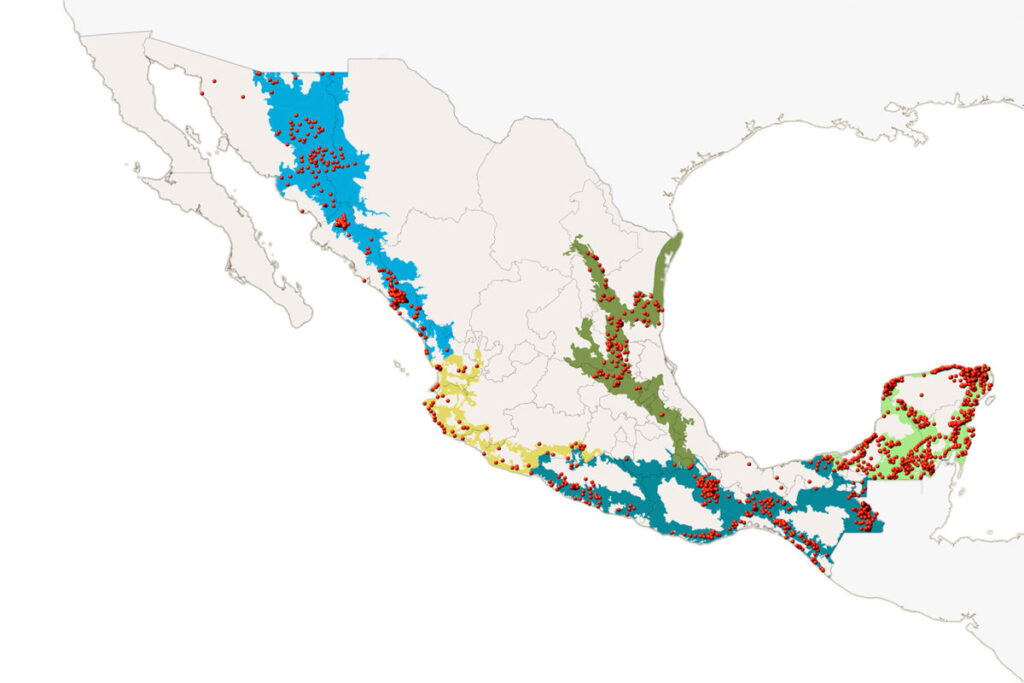
Gharials are a species of crocodile – only about 200 are thought to be living in the wilds of Nepal.
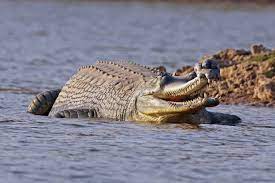
With a far more slender snout than other crocodiles, these animals are easily spotted.
Continue reading “What do we do when an endangered species starts killing critically endangered species? Tiger kills gharials”Yesterday, I wrote about the last lions of Nigeria. In Nigeria, there are just 2 populations of lions totalling 35-40. While this is good for the places that the lion has survived, this is highly unlikely to be able to survive long-term. With human assistance, and translocating lions regularly these populations might eventually recover.
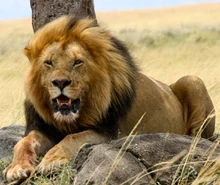
There is one place where west African lions might stand a chance without human help and this is W-Arly-Pendjari (WAP) protected area complex that straddles Benin, Burkina Faso, and Niger and which holds 90% of West Africa’s lions. This is because all other populations are like that in Nigeria – to small to be capable of surviving longterm without human help. While the WAP complex can be lost amongst the brown on this map – if you look at the intersection of Benin Burkina Faso and Niger, you cannot miss it.
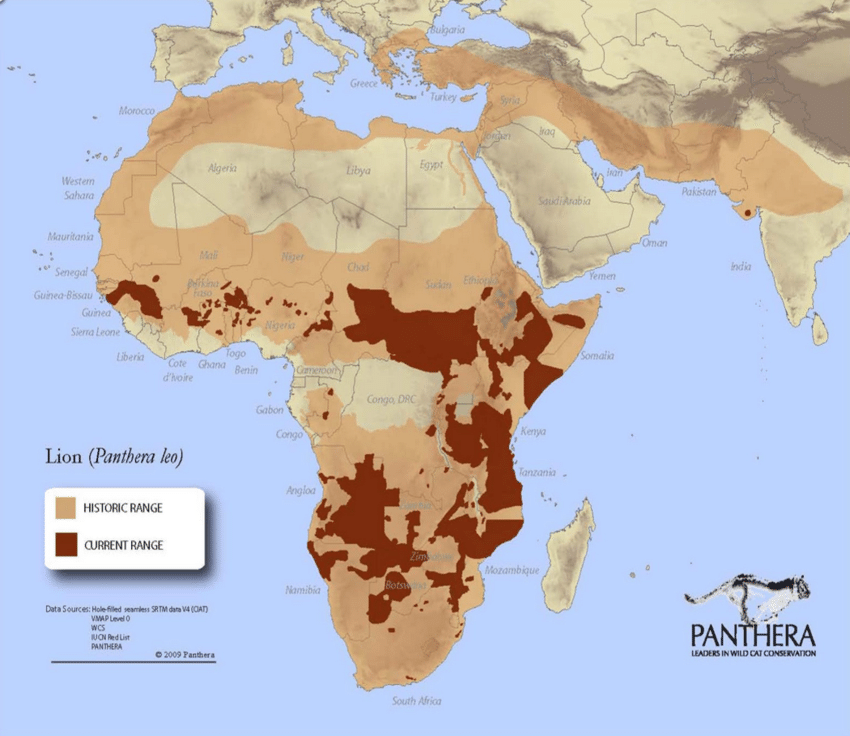
Importantly, this population is still 37% of the size of the Indian lion population. In other words, this is the last stronghold of the West African lion; the West (and central) African lion is one of the remaining relict populations of the Asiatic lion – the other one being the Indian lions of the Gir national park.
Should the Asiatic lion be renamed? It is usually referred to as the Indian lion, but with more than 1 in 4 remaining wild Asiatic lions living in Africa, this does not seem right. What is more, while over the last few decades West African lions have not done wonderfully, there is far more available habitat in West and Central Africa than there is in India, or indeed in Asia.
Perhaps more importantly, the Barbary lion, long thought extinct, appears to be the same species as the Asiatic lion and the West African lion. In other words, the Barbary lion was the genetic bridge between west Africa, and India. before its extinction, these two populations would have been permanently linked. What does this mean? Well, it is vastly simpler to move lions from one wild place to another than to train and release captive lions. If we can fortify the remaining West African lion populations, perhaps we can also allow some of these animals to be moved to other parts of the Lion range – thereby ensuring their long-term survival.
I have written about Bonobos in the past, I hope that readers are aware of this species. In brief, Bonobos (often known as Pygmy chimpanzees) are a separate great ape species. These two species split about 1 million years ago as the Congo river formed and became an impenetrable boundary between them intermixing again.

Found only in the DRC and the last of the great ape species to be discovered, Bonobos should be of great interest to humans.
Continue reading “In April, for only the second time a group of Bonobos torn from the wild was rereleased: future?”Around much of the world, as the various European countries expanded their empires, one of the first things that Europeans did, was to create reserves to protect the wildlife, and required the local people to move out.

In many of these places, the local tribes were forcefully thrown of their land, and begrudgingly given small areas often with little value compared to where they lived before.
Now there is a difficult issue: those people who are living their lives in the same way that they have lived for thousands of years, are often fantastic for the reserve. However, in many places these people will turn to harvesting the wildlife in a totally different way, leading to many local extinctions.
